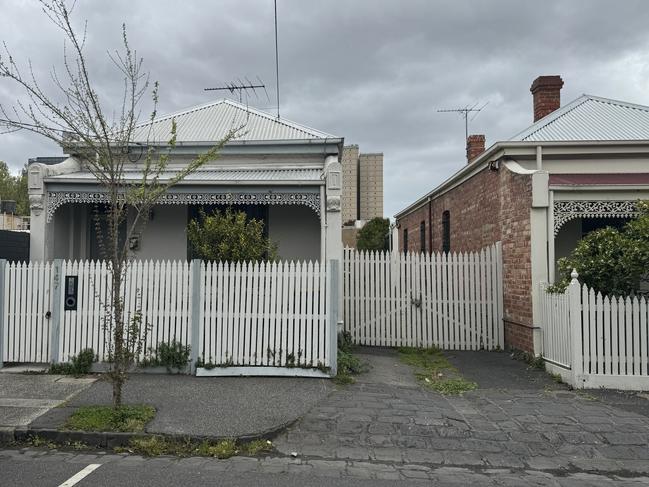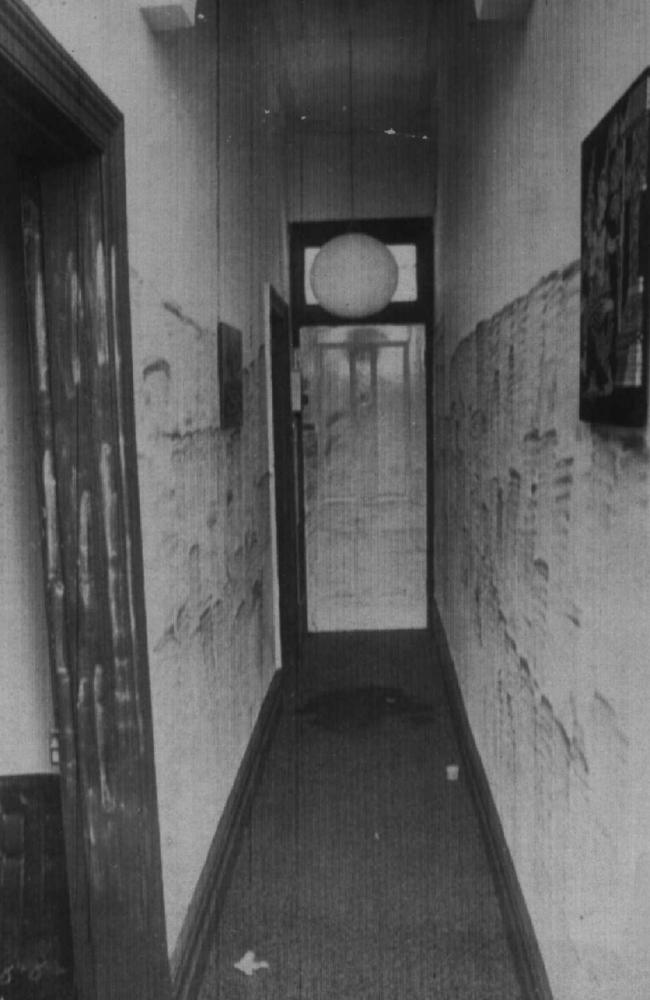Andrew Rule: Dead ends and false leads before massive Easey St breakthrough
After 47 years, forensic police work and a stroke of luck have led to a massive breakthrough in one of Australia’s biggest and oldest murder mysteries.
Andrew Rule
Don't miss out on the headlines from Andrew Rule. Followed categories will be added to My News.
After 47 years of dead ends and false leads, one of Australia’s biggest and oldest murder mysteries has apparently ended with a huge breakthrough.
The arrest of a man in Rome overnight was the result of forensic police work and a stroke of luck — two elements missing from the original Easey St investigation in 1977.
It’s too early to say the case is solved because that, of course, depends on what a court decides when the 65-year-old Greek-Australian finally faces justice.
But we can say that Easey St is part of Australian crime folklore — up there with the abduction and presumed murder of the Beaumont children in 1966.
The arrest in Rome is on face value a triumph of forensic science over old fashioned footslogging and robust interrogation.

All will be revealed in a coming trial but it seems that careful re-checking of old police records produced the name of a teenager who was carrying a knife on a certain week in January 1977.
Forty years later, in 2017, police approached the same male to ask for a DNA sample.
Instead of co-operating, the suspect fled to Greece, where he was still a citizen and as such could not be arrested over a crime committed more than seven years earlier.
But the fact he fled Australia meant the cold case experts knew they probably had their man. That secret was tightly held for the last seven years, while police in two countries waited their chance.

It came when the now 65-year-old traveled the short distance to Italy, where he could legally be arrested and extradited.
The arrest has amazed everyone outside the tiny group of insiders who were privy to the secretive line of investigation.
No one was more surprised than one of the original Easey St detectives, Peter Hiscock, who told the Herald Sun this week he has never forgotten the appalling scene that confronted him and another detective when they were sent to what their boss assumed was a “simple” murder-suicide.
“I remember walking in that door that day,” Mr Hiscock recalled. “I will never forget it. On the floor in the first bedroom was Susan Armstrong’s body. Then we found Suzanne Bartlett with all the defence stab wounds. There was blood all over the walls.
“Who would have thought that a teenage kid would do that and then stand in the shower to wash himself and the knife before leaving?”
Hiscock, long retired, recalls that another policeman (now dead) filleted the homicide file to lend to the author of a book about the case, which meant that another generation of detectives had very little to work with.
But he can’t recall the teen suspect’s name being on the original homicide file, suggesting it had come up later through examination of other police running sheets in the Collingwood area.

“I have to commend them (current investigators) for keeping this perfectly quiet for the last six or seven years.”
The Greek-born suspect was never part of the short list of suspects that detectives worked through when DNA testing first became available in the 1990s.
High on their list was Susan Armstrong’s then shearer boyfriend and his brother, who had unfairly lived with speculation and rumour for years.
Detectives tested several other men. They even went to England to test a suspect who had returned there years after the murders, but all for no result.

The Greek connection might be random. But those who know the case well will be intrigued by the fact that Susan Armstrong had been to Greece and stayed long enough to learn some of the language and to have a relationship with a local who fathered her little boy Greg, who was the toddler left crying and thirsty in his cot for two days after his mother and her friend were butchered.

Is it possible that Susan, friendly and gregarious, had used her smattering of Greek to talk to locals, and that this attracted the attention of a disturbed teenager?
That, and many other questions, may be posed in the coming legal proceedings.
Regardless of what happens in court, the arrest is an astonishing development in a case that is part of folklore in Australia. As with the Beaumont children’s abduction in 1966, it is a crime that has always had a grip on the Australian public’s imagination.

“Easey Street” is shorthand for a crime known to three generations of Australians, even though millions of us were not even born in 1977. It has thrown up two books — the late Tom Prior’s effort, They Trusted Men, in 1996. And, recently, two editions of Helen Thomas’s Murder On Easey Street, which will soon require a third edition.
Defence lawyers will, of course, point out that DNA testing is a brilliant scientific advance but has a flawed record in law enforcement. In Victoria alone, bungled forensic laboratory tests have resulted in at least two innocent people facing serious charges.
This astonishing story is not over yet.




